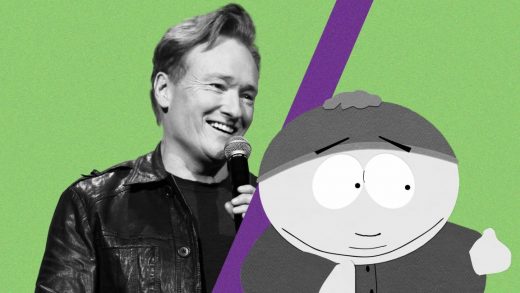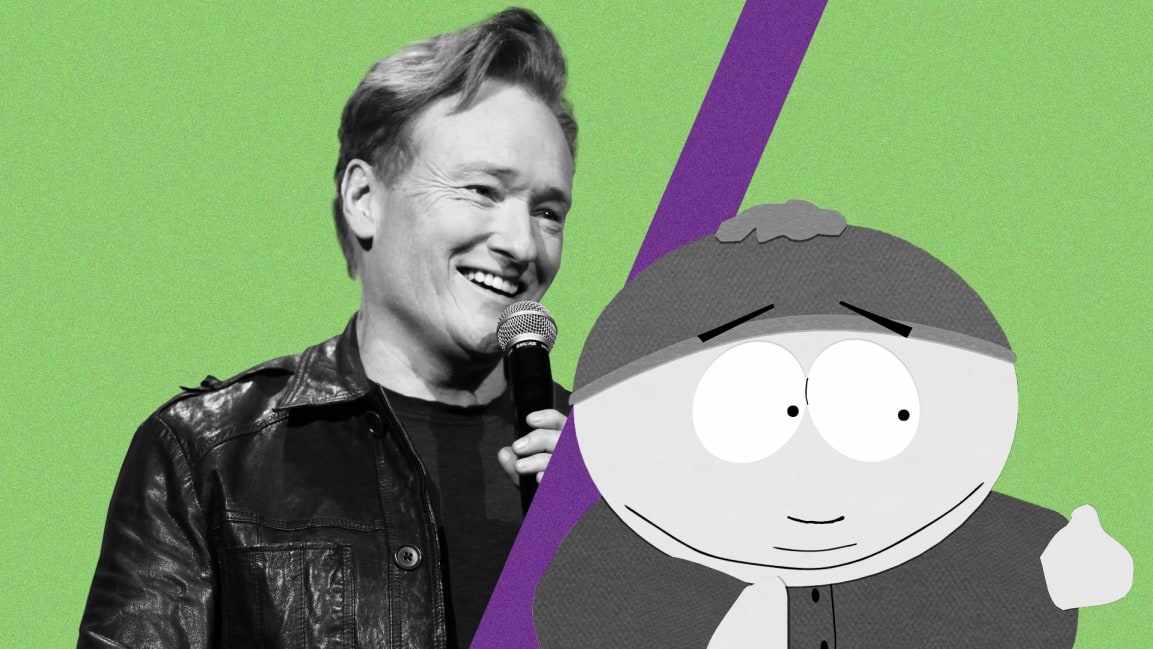HBO Max is not (just) HBO. But it does look a lot like cable
On Tuesday afternoon, AT&T held a launch event for its upcoming HBO Max streaming service on the Warner Bros. lot in Burbank—and the effort to establish the company’s bona fides in content began the moment that attendees hopped onto the tram from the parking area. Just in case we’d forgotten we were at one of Hollywood’s most iconic entertainment factories, the brief trip to the presentation venue, historic Stage 21, served as a mini-history of the studio, as the driver pointed out buildings where everything from Casablanca to Pretty Little Liars had been filmed.
The allusions to the company’s storied history continued through the afternoon—and felt a tad superfluous. After all, we already knew that HBO and Warner, and corporate siblings from Adult Swim to CNN to TBS, have long been capable of creating sizable quantities of stuff that people want to watch.
What wasn’t clear before the event began was how AT&T would bundle up its multiple content-producing engines into a streaming service ready to take on Netflix, Amazon Prime Video, Hulu, Disney+, and Apple TV+. The company had some answers, including a price point ($14.99 a month), a launch date (May, pushed back from the original goal of late 2019 and subsequent April 2020 target), and a bevy of projections about subscriber growth, expenses, and other factors.
AT&T—which stumbled with its 2014 purchase of DirecTV and has only really been in the content-creation business since it closed its deal to buy the former Time Warner in June 2018—also made the case that it has the vision and patience to scale up HBO Max into a meaningful component of its business. “This is a company with a heritage rich in innovation that has navigated many pivotal transitions throughout its history,” said John Stankey, the AT&T veteran who is its president and COO as well as CEO of WarnerMedia.
HBO Max will launch with 10,000 hours of content, which is a sparse enough quantity by streaming-service standards that AT&T had to try to position it into an advantage—hey, no filler! Only a handful of new projects—including the Sesame Street spin-off Elmo’s Not Too Late Show and Ridley Scott’s sci-fi series Raised by Wolves—got full-blown sizzle reels during the launch. Everything else came and went so quickly that it was usually impossible to come to any conclusions about its potential.
But boy, there was a lot of it, aimed—like pay TV in its more conventional form—at all sorts of people. Ellen DeGeneres alone is doing four shows, including a cartoon featuring her as a little girl and a reality series involving “single people being set up in Italy at a beautiful hotel.” Game of Thrones will get a prequel, House of the Dragon, based on another George R.R. Martin book. Conan O’Brien will produce and host stand-up specials. There will also be multiple known quantities, including past, current, and future seasons of South Park (like Friends, The Big Bang Theory, and Studio Ghibli’s classic anime features, an HBO Max exclusive) and new episodes of Adventure Time and Rick and Morty.
Though the name “HBO Max” suggests a super-sized HBO, much of the original programming will be branded as “Max Originals” rather than HBO—50 of 88 projects planned for 2021, for instance. The distinction—other than different branches of WarnerMedia bearing responsibility—was not entirely clear. And the longer the event went on, the more items felt like standard pay-TV fare rather than HBO-level, high-quality TV, such as old episodes of Rizzoli & Isles.
AT&T didn’t go overboard with showmanship. Only one creator appeared onstage (briefly) among the AT&T and WarnerMedia suits: Bad Robot’s J.J. Abrams, who recently signed a five-year exclusive deal with WarnerMedia and said Stankey “blew us away with his vision of what AT&T could do as parent company of this extraordinary studio.” Other talent, including DeGeneres, Mindy Kaling, Ridley Scott, and Cookie Monster, appeared in pre-recorded bits.
The Wall Street types in the audience were largely deadpan throughout. But they did seem to watch attentively as Stankey and others outlined the business plan for HBO Max, which involves reaching 50 million U.S. subscribers and $1 billion in profit in 2025. That goal is less daunting given that HBO already has 34 million subscribers who will be able to upgrade to HBO Max at no additional charge. (“I look at it as an IQ test,” said Stankey. “Why wouldn’t you want twice the content at the same price?”)
Beyond the existing HBO faithful, AT&T aspires to add another 2 million to 3 million Max subscribers a year. That will involve pitching the service to its 170 million customers, whom it interacts with 3.2 billion times a year at 5,500 retail locations. The company will offer new package deals that include HBO Max, will preinstall its app on phones, and otherwise get the service in front of as many faces as possible. Not that having access to all those potential watchers is a guarantee of success: If it were, the AT&T TV Now live-streaming service (formerly DirecTV Now) wouldn’t currently be bleeding customers rather than adding them.
AT&T says it’s willing to sink billions into content for HBO Max and run at a loss until 2024, when it envisions breaking even. Along the way, it will have to thrash out what to do with the existing HBO Go and HBO Now apps, along with other services such as AT&T TV Now—all of which will continue to operate, though Stankey suggested that they will give way to an increasingly rich version of HBO Max over time. (The company is also reportedly working on a cheaper, ad-supported variant of the service for 2021.)
One wild card is the quality of the various HBO Max apps for TVs, smartphones and other devices. AT&T emphasized that some of the items it will play up to viewers are “recommended by humans” rather than selected by the algorithms that call the shots at rivals such as Netflix. (The humans in question will include celebrities such as Zac Efron.) Along with profiles for individual viewers, there will also be joint ones for multiple family members watching together—a mother and her 8-year-old son, for instance—allowing for group-appropriate recommendations and preventing any one person’s profile from being messed up by someone else’s viewing preferences. It’s dangerous to place much faith in canned onstage demos, but at least the company is experimenting with fresh ideas.
In the end, WarnerMedia’s far-flung content assets were never going to add up to a distinct and easily understood offering like Disney+, which is launching on November 12 with a family-friendly focus and franchises that mesh into a coherent whole: Disney, Pixar, Marvel, and Star Wars. Toward the end of the launch event, when HBO programming chief Casey Bloys described HBO Max as being “filled out by the assets of one of the most beloved media companies in the world,” I lost track of which lovable brand he was referencing. I think it was Warner Bros., whose movie catalog will provide much of the service’s bulk, but I could be wrong.
TV watchers are unlikely to obsess over how the disparate pieces of HBO Max’s content strategy fit together. Either they’ll find a critical mass of material worth paying for, or they won’t. Even if AT&T had told a crisper story at its event, that wouldn’t have changed.
That means it will be awhile before it’s clear whether this service stands a chance of thriving in an ever-more crowded market.
(30)



